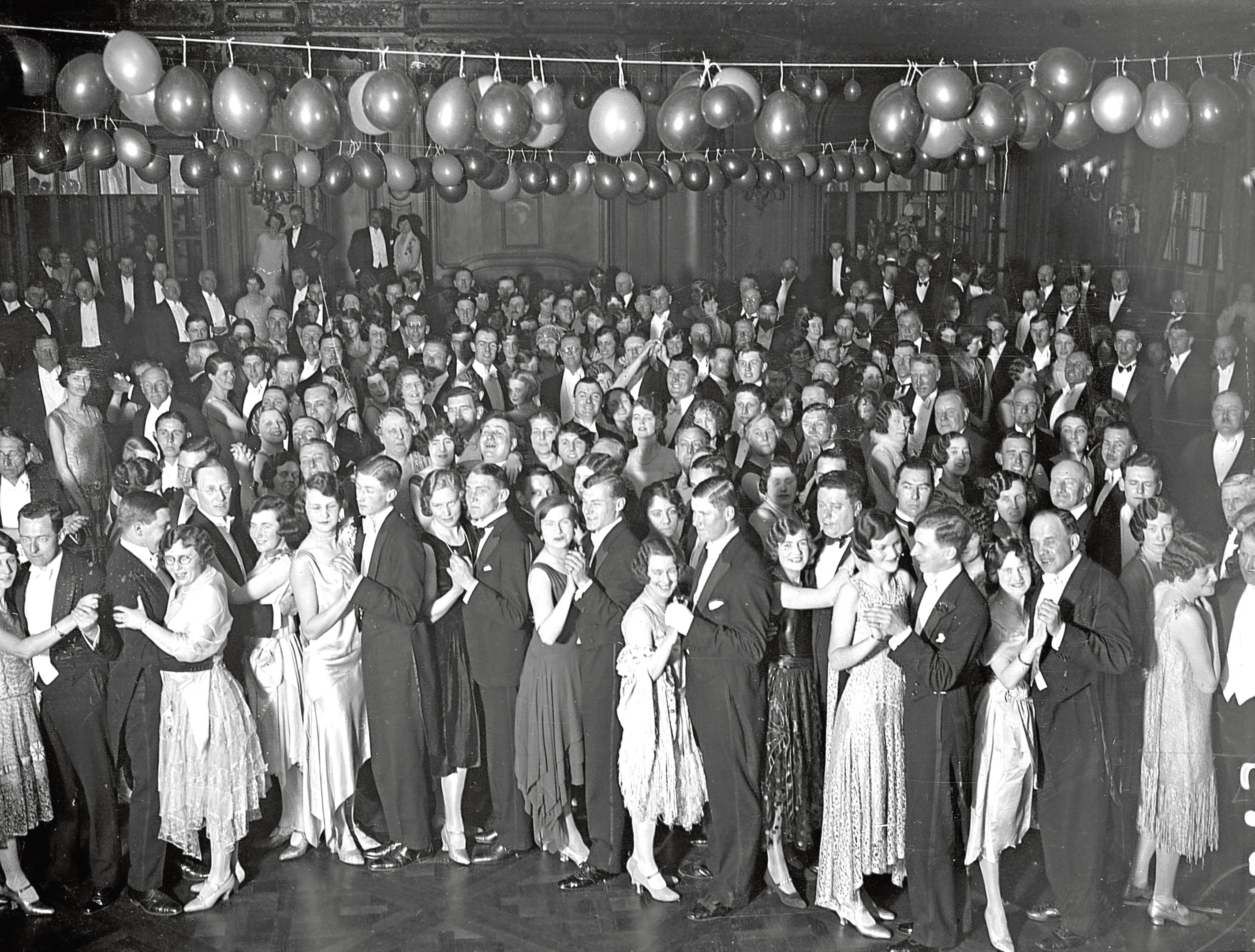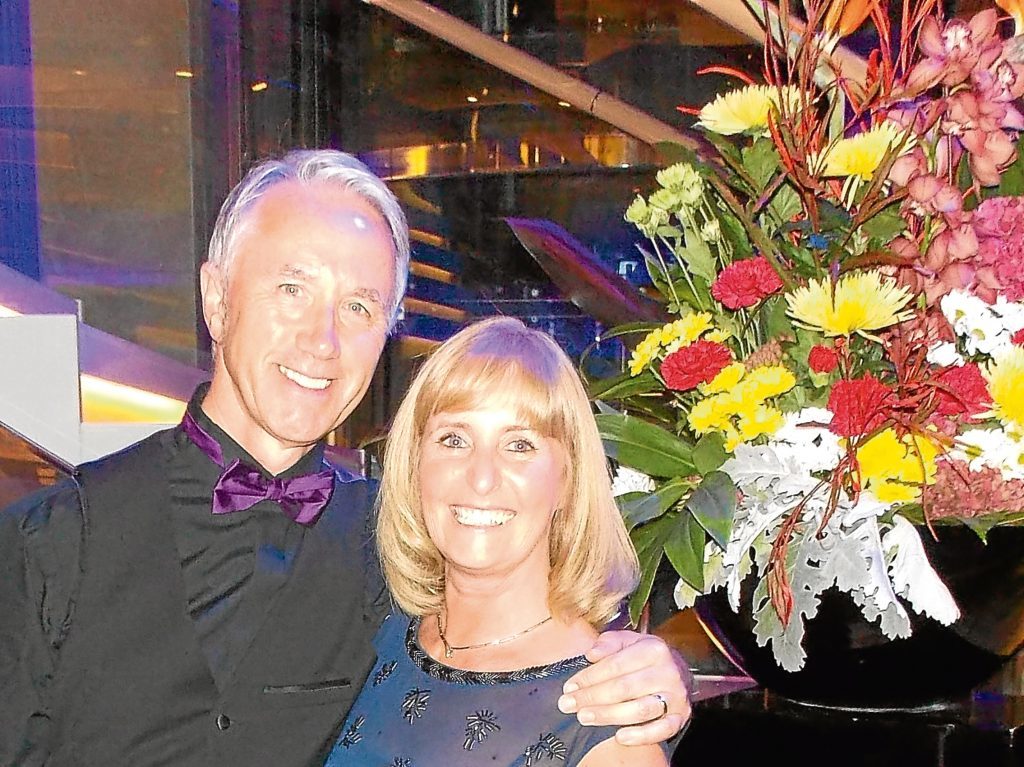
STRICTLY COME DANCING is the UK’s most popular show right now, with more than 11 million people a week tuning in.
Stewart and Jane Wilson run Ballroom Basics in Paisley and Glasgow, and teach classes. They told Ali Kirker the Honest Truth about ballroom dancing.
When and how did ballroom dancing originate?
The name ballroom was derived from the word ball, which originated from the Latin word ‘ballare’… to dance. Dance originally had two distinct forms, social and folk.
Social was for the aristocracy and folk for the general population. This separation became noticeable in Europe at the end of the Middles Ages, when Renaissance influences, which originated in Italy and France, started to change in 16th Century Europe.
Ballroom dancing as we know it, evolved from that. The introduction of the minuet in 1650 popularised the early form of ballroom dancing.
Have there been any scandals associated with ballroom dancing?
The introduction of the waltz in the Victorian era was important for ballroom dancing – but at the time it was considered outrageous.
Its ‘closed hold’ and the fact the dancers embraced each other was considered revolutionary and shocking at the same time. The dance was met with huge opposition due to the impropriety associated with the hold.
It scandalised Victorian society – but the waltz is still very much with us, so the scandal did it no harm at all.
Tell us a bit more about ballroom’s history?
In the early 1900s, the Americans challenged the European monopoly on ballroom dancing. Vernon and Irene Castle refined many of the dances, such as the foxtrot and the tango and helped to increase ballroom’s popularity across the globe.
Then in 1919, the Hammersmith Palais De Dance opened.
The First World War had not long ended and people wanted some fun! Many other dance halls opened around this time, too.
How did ballroom dance competitions begin?
In the 1920s, the Imperial Society formed a committee to establish a standard of dancing. For the first time tempos, variations and figures for dances were written down.
In 1930, four standard dances became firmly established as the basis for the British style of dance, which exists to this day – the foxtrot, tango, waltz and quickstep.
Tell us something quirky about ballroom dancing that we don’t know.
The stretch to the left away from your partner is thought to originate from a time when bathing was not so frequent. This was so you hopefully wouldn’t smell your partner as much. Thankfully times have changed!
Was anyone else particularly influential in the world of ballroom dancing?
Victor Sylvester formed his orchestra in 1935 and invented the term “strict tempo”. He played tunes with a constant beat, making it easier to control dances. He was a huge influence.
What are some of the benefits of dancing?
It’s a great way to stay in shape and help with memory, too.
Various studies have shown that dancing on a regular basis can improve our cardiovascular system and keep our minds active. By having to learn new steps and moves, it helps with memory. It can also improve posture and balance and help to keep bones and muscles strong.
Is there an age limit for dancing?
Absolutely not. Our pupils range from age six to the mid-80s and it can help you stay mobile and young at heart. It has no cultural or age barrier. Lots of care homes have tea dances for their residents now, too.
Is it true some people have no rhythm?
There’s no such thing as two left feet! The hardest step is the first one, through the door to the class.

Enjoy the convenience of having The Sunday Post delivered as a digital ePaper straight to your smartphone, tablet or computer.
Subscribe for only £5.49 a month and enjoy all the benefits of the printed paper as a digital replica.
Subscribe